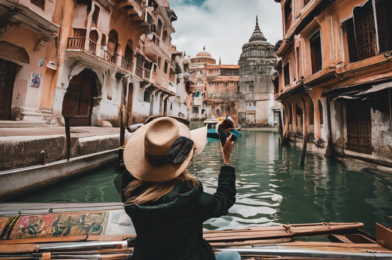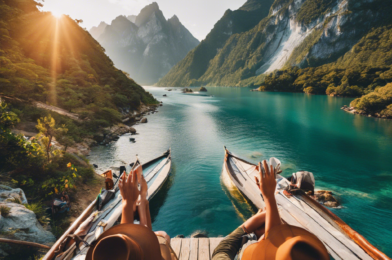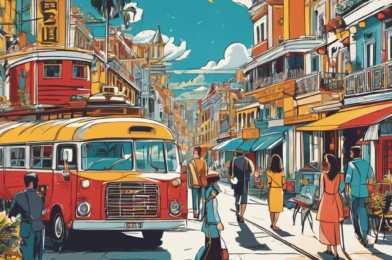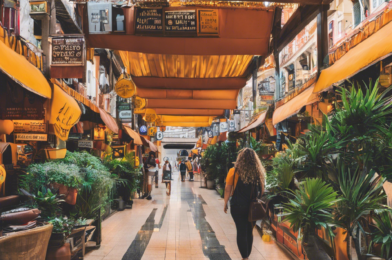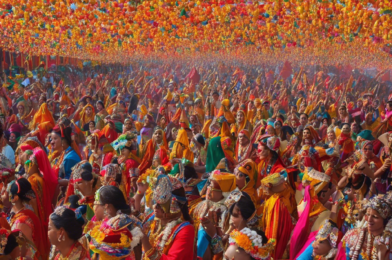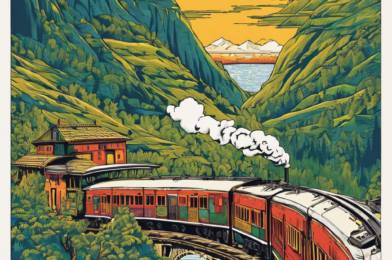Capturing stunning travel photos isn’t just about having a fancy camera or visiting exotic locations. With careful planning, an artistic eye, and post-processing skills, anyone can take captivating travel photographs that convey a sense of place and tell a story. I’ve outlined some tips to elevate your travel photography game and help you craft visually appealing narratives of your journeys.
First and foremost, research your destination thoroughly. Familiarize yourself with the cultural norms, traditions, and religious practices of the place you’re visiting. Not only will this knowledge help you interact with the locals in a respectful manner, but it will also give you a deeper understanding of the significance of certain places, rituals, or events that you may want to capture. Look for unique angles and perspectives that showcase the essence of the location. Play with different heights, get down low, or climb to a higher vantage point to capture a bird’s-eye view. Experimenting with various angles adds interest and creativity to your shots, moving beyond the typical tourist snapshots.
Composition is key to crafting visually appealing images. Embrace the rule of thirds, a classic composition technique, by positioning key elements along the imaginary grid lines or at their intersections. This creates balance and draws the viewer’s eye into the photograph. Leading lines are another powerful composition element. Keep an eye out for natural lines, such as roads, rivers, or fences, that can guide the viewer’s gaze through the image, adding depth and perspective. Framing your subject matter with arches, doorways, or tree branches can also add depth and context to your photos, enhancing the overall visual appeal.
Light is essential in photography, so pay attention to the quality and direction of light when composing your shots. The golden hours, just after sunrise or before sunset, offer warm, soft light that flatters landscapes and portraits alike. Backlighting can create a dramatic effect, highlighting the subject’s silhouette and adding a sense of mystery. Be mindful of harsh midday light, which can cast dark shadows, and instead seek open shade or use reflectors to bounce light back onto your subject, ensuring well-lit and balanced images.
